Skip to content
Here is a profile of the founders behind one of Africa’s standout off-grid solar companies — and how they raised large-scale capital to make lighting affordable for millions of homes.
The Company & Its Mission
Sun King (formerly Greenlight Planet) is a solar-energy company focused on providing affordable home lighting and power solutions to households without reliable access to grid electricity — especially in Africa and parts of Asia. (IFC)
Founded in 2007 by a trio of engineering graduates from the University of Illinois Urbana-Champaign, the company built a business model around low-cost solar lanterns and home systems, often paired with pay-as-you-go (PAYG) financing so that very low-income households could access them without a large upfront cost. (Where Founders are Stars)
Today, Sun King says it has reached tens of millions of people across many countries. (IFC)
The Founders
T. Patrick Walsh
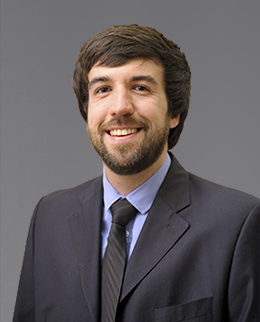


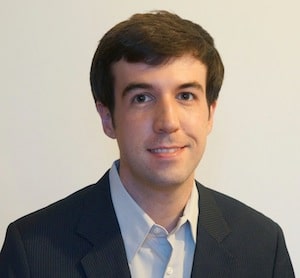
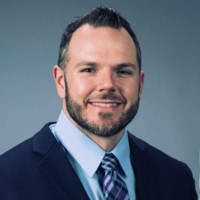
Patrick Walsh is a co-founder and CEO of Sun King.
His origin story: while an engineering student he worked with Engineers Without Borders in India, building a biodiesel generator for a rural village — this helped crystallise his belief that low-income off-grid households needed affordable alternatives to kerosene lamps. (Where Founders are Stars)
Anish Thakkar






Anish Thakkar joined Walsh as a fellow engineering student, working on the product and growth side of the business.
His focus has been on designing the solar product lines and structuring the “last-mile” distribution networks in rural markets. (Medium)
Mayank Sekhsaria


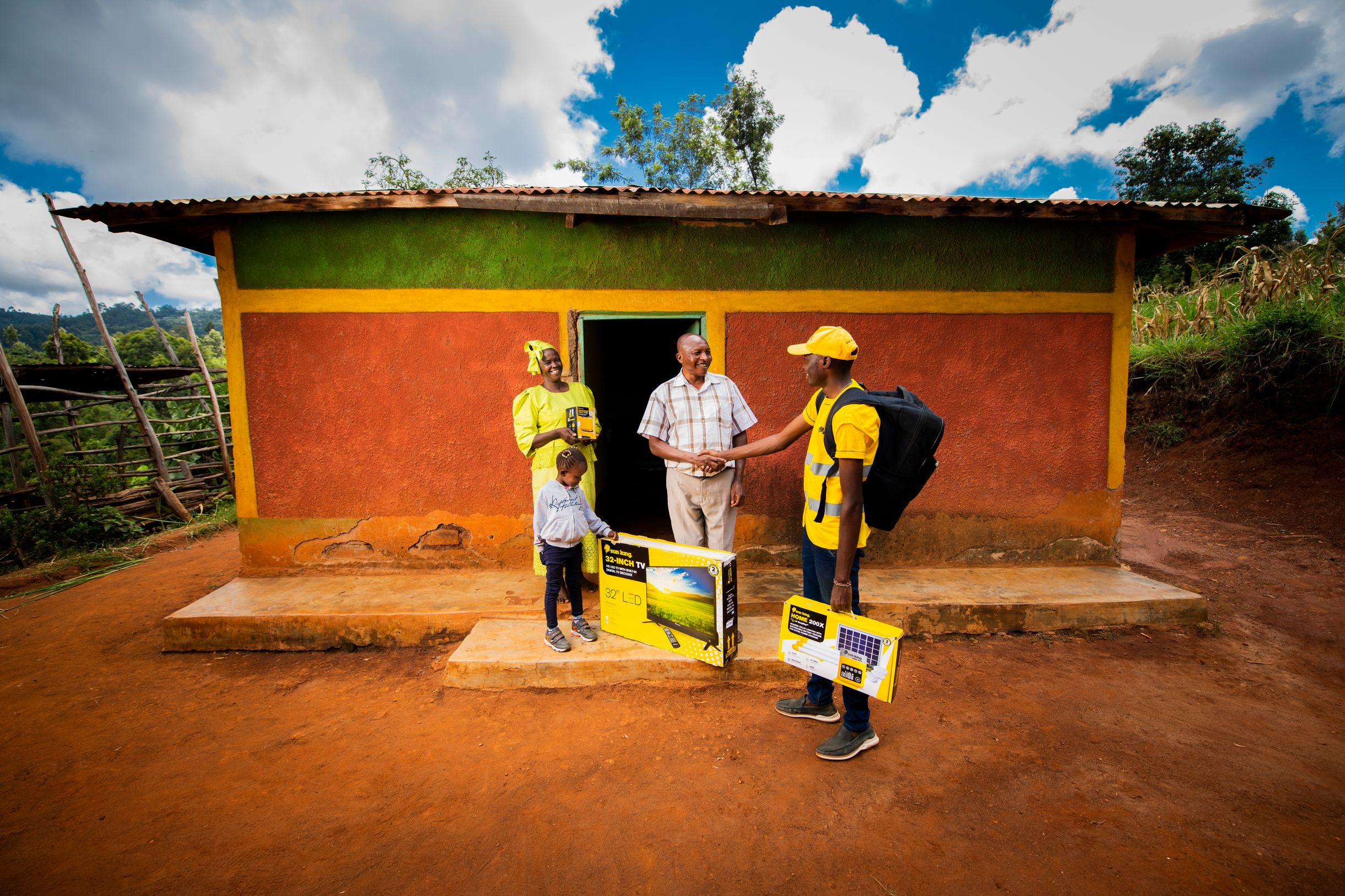

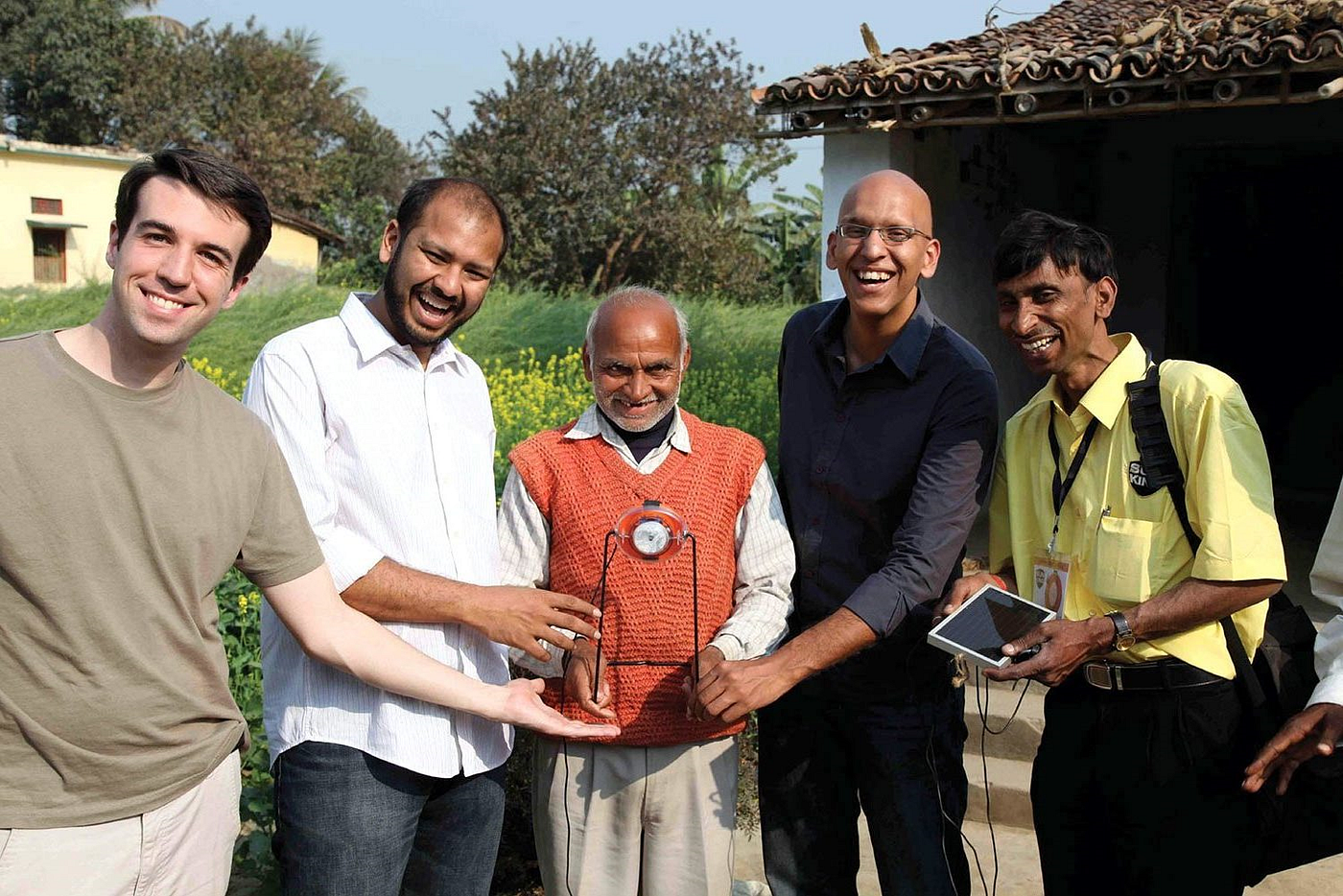
Mayank Sekhsaria is the third founder, who played an important role—especially during the company’s early phase in India and transition into Africa—helping establish the grassroots marketing and distribution model. (Where Founders are Stars)
Together, the three built a company that combined engineering innovation, affordable pricing, and distribution in underserved markets.
The Funding & Scale
Sun King has raised impressive sums of capital to support its mission. For example:
-
In April 2022 the company (by then under the Sun King name) announced a US$260 million Series D funding round, led by General Atlantic’s BeyondNetZero climate investing arm, along with M&G Investments and Arch Emerging Markets Partners. (FinSMEs)
-
Over time, the business has scaled significantly: one source reports the company has “Total Raised: $833 M” (according to CBInsights) reflecting debt + equity across multiple years. (CB Insights)
-
The company has sold many millions of its solar home systems and smaller lanterns; for instance, the “Sun King EasyBuy” pay-as-you-go model has been pivotal in reaching very low-income customers. (PR Newswire)
While I couldn’t locate a publicly verified figure of exactly US$700 million raised by Sun King, the total financing (debt + equity) appears to be in that ballpark (or higher) according to multiple data-points.
If your figure refers to a different company, let me know and I can check that too.
Why Their Model Works — and Why It Matters
Affordability + financing model. The founders recognised early that even when solar hardware is available, the upfront cost is a major barrier for households living on just a few dollars a day.
Their PAYG approach allows customers to make small weekly or monthly payments instead of a large upfront purchase. (Medium)
Distribution & local presence. Sun King (Greenlight Planet) built a direct-to-village agent network (“Sun King Saathis” in India) and then replicated distribution in Africa with local sales agents, micro-entrepreneurs and partnerships. (Medium)
Product design for the target market. The solar home systems and lanterns are designed for rough conditions, low-income users, minimal maintenance.
They replaced kerosene lamps—which are expensive over time, unsafe, produce smoke, and constrain study/business hours after dark.
The company emphasizes that for “less than the cost of a utility pole” they can install a solar home system in rural settings. (EKTA PARTNERS)
Scale & impact. By 2022 the company claimed to have powered 82 million people across 40+ countries. (IFC)
Impact includes: more study time for children, more productive evenings for micro-businesses, savings from not purchasing kerosene or disposable batteries.
Global investor backing. Backing by major growth-equity funds and climate-investing arms (such as BeyondNetZero / General Atlantic) demonstrates investor confidence in the business model and its scalability.
Large funding rounds enable aggressive expansion — into more countries, product lines (including larger home systems with inverters, refrigerators, TVs), and financing capabilities. (theouut.com)
Challenges and What Comes Next
While the model is strong, there are still challenges to fully fulfil the goal of “light (and power) affordable for every African home”:
-
Currency and financing risk. Many households are very low income, and payment collection and default risk can be significant.
-
Also, foreign-currency debt can pose risk when amortised in African markets with volatile local currencies.
-
Maintenance & after-sales service.
-
Ensuring that distributed systems continue to function, batteries hold up, local agents are responsive, is an ongoing operational challenge.
-
Scaling to full electrification.
-
While lighting and phone-charging are huge upgrades, many homes aspire to power appliances (refrigerator, TV, fan, etc.).
-
The company is moving into larger solar home systems, but that increases cost.
-
Sun King’s press release emphasised this with their product-line expansion. (theouut.com)
-
Market competition and access. Off-grid solar has become more competitive.
-
Also, grid expansion, national policy, subsidies, and financing architecture (microfinance, pay-go) all influence how fast the market grows.
Looking ahead, one of the key questions is: can companies like Sun King scale to serve the hundreds of millions of households in Africa who still lack reliable electricity? And can they do so profitably, sustainably, and with local manufacturing + distribution embedded in African markets?
Why Their Story Matters
-
It shows how engineering students with a purpose can build a business that scales in underserved markets.
-
It illustrates how product design + distribution + financing can unlock access in low-income markets (where affordability is the key).
-
It demonstrates that large capital raises (hundreds of millions) are not just for fintech or consumer internet in Africa — clean-energy hardware + services can also mobilise major funding when the model is right.
-
It highlights the potential to leapfrog traditional infrastructure (grid electricity) and create new pathways to energy access.














